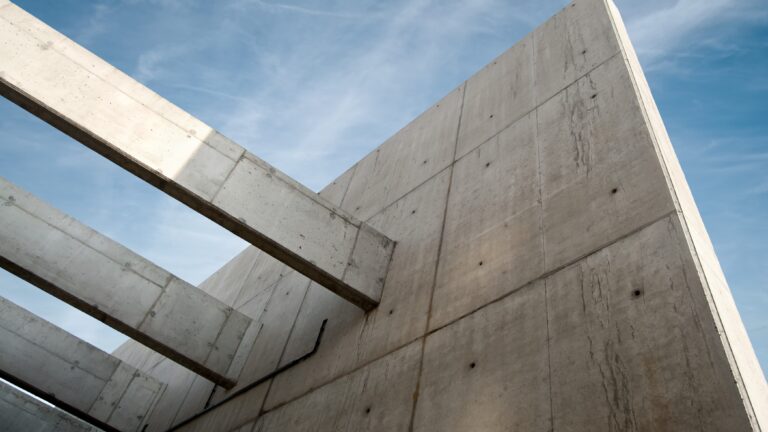
Frame Corner
HO6+
The HO6+ program can be used to design connections at flexurally rigid frame corners of portal trusses of glued laminated timber. The connection can be made either with dowel pins in a circular arrangement, special dowels or wedge finger joints (one or two joints).
The verification of the corner connection resistance requires the specification of the internal forces N, M, and Q acting on the frame corner. These forces result from an examination of the entire system. Five load cases maximum can be taken into account.
Discover now more programs from the section Timber & Roof!
SHOW MOREMaterial
- Glulam of the strength classes GL20c/h to GL32c/h
Structural system
- Circular dowel arrangement (one or two circles)
- Wedge finger joint (one or two joints)
- Strut and bar optionally with haunches
Loads
- Shear force
- Axial force
- Moment
Fasteners
- Dowel pins
- Special dowels
Design
The verifications of the dowel circles are based on the explanations given by C. Scheer and K. Andresen in the publication Ingenieurholzbau (Timber engineering). The loading of the dowels produced by shear force and axial force is assumed to be evenly distributed over all dowels. If the dowels are arranged in two circles as specified by B. Heimeshoff: Berechnung Rahmenecken mit Dübelanschluss (Calculation of frame corners with dowel connection), the permissible dowel loading may be reduced by 15 % for all dowels.
The angles are always determined anti-clockwise.
You can optionally verify the transversal tensile stress in the upper corner. According to B. Heimeshoff : Berechnung Rahmenecken mit Dübelanschluss, this verification is in most cases only required if the permissible dowel loading and the minimum distances are not complied with or the shear stress exceeds 0.9 MN/m2. The force component of a dowel perpendicular to the grain can cause cracking of the cross-section in the corner area. If required, this area must be safeguarded by screw nails or screws. If two dowel circles are defined, safeguarding the corners is always recommended to increase the load-bearing capacity.
Computing is based on the most unfavourable assumption that horizontal loading of a dowel produced by the shear force component acts in the same direction as horizontal loading on that dowel produced by the moment action.
Because all dowels are verified individually, their respective force components are known and a more accurate and economic verification can be performed.
The verification of the wedge finger joints is performed as specified by B. Heimeshoff: Berechnung von Rahmenecken mit Keilzinkverbindungen (Calculation of frame corners with finger-jointed connections). On typical frames with a negative corner moment, the resistance to the high compressive stresses applying at the inner edge of the corner must be verified.
Document file formats
- Word
- Printer
Output
- Standard scope
- Extensive scope
- optionally userdefined output
Warning: foreach() argument must be of type array|object, null given in /var/www/staging.frilo.eu/user/htdocs/wp-content/themes/blank/single-produkte.php on line 433
Timber construction
- DIN EN 1995
- ÖNORM EN 1995
- BS EN 1995
- EN 1995
- DIN 1052
Support resources
News

FRILO 2023-1: The latest version saves time and contributes to climate efficiency
FRILO Software GmbH has successfully delivered the software version 2023-1. With the update, the vendor of innovative solutions for structural analysis and design launches four new PLUS programs – including DLT Continuous Beam.

“With the FRILO Suite, we benefit from the use of all programs”
With the switch to the FRILO Suite, the engineering office concon has decided to rely on the FRILO subscription model. The reasons of the long-standing customer are manifold.




